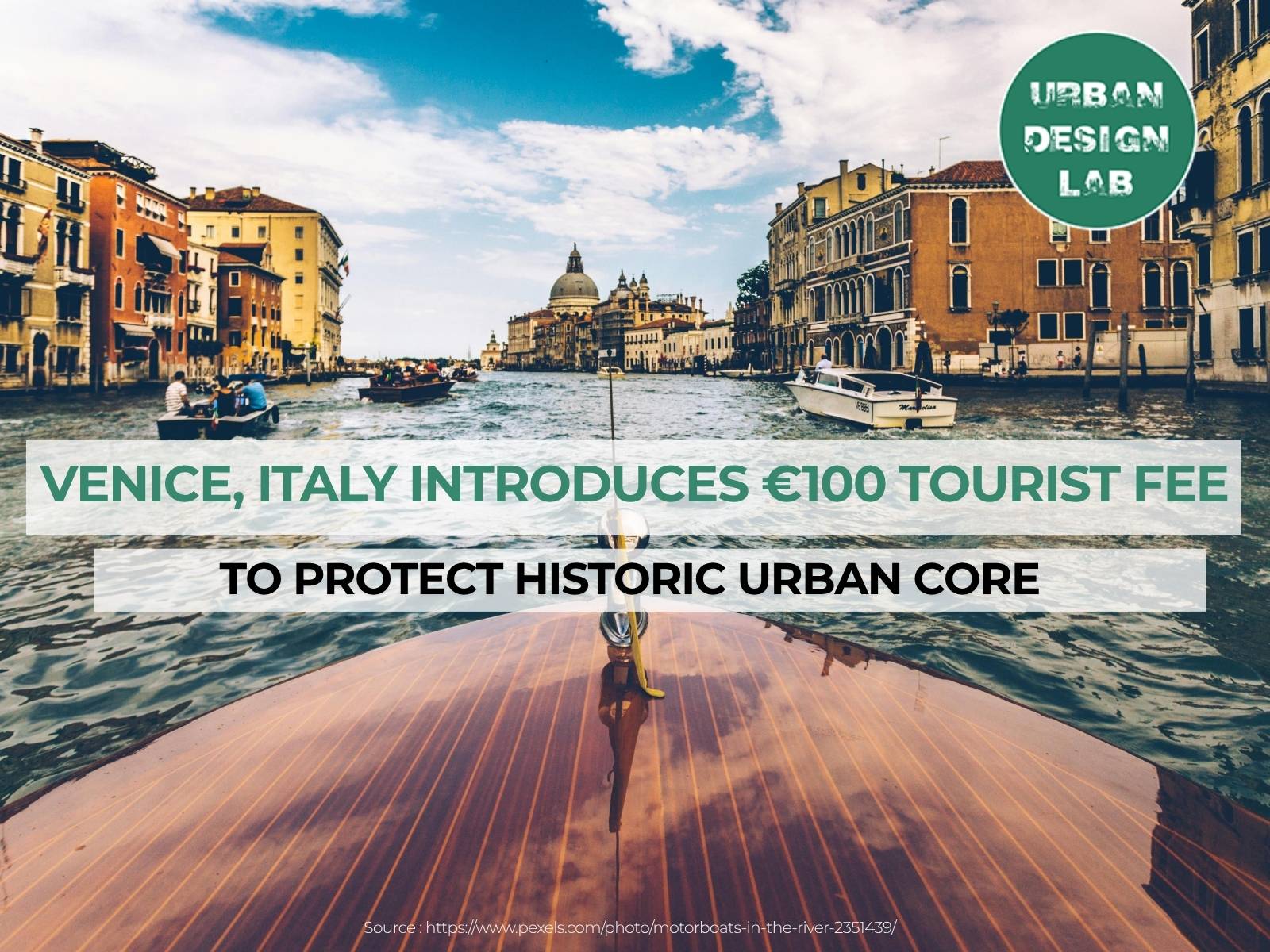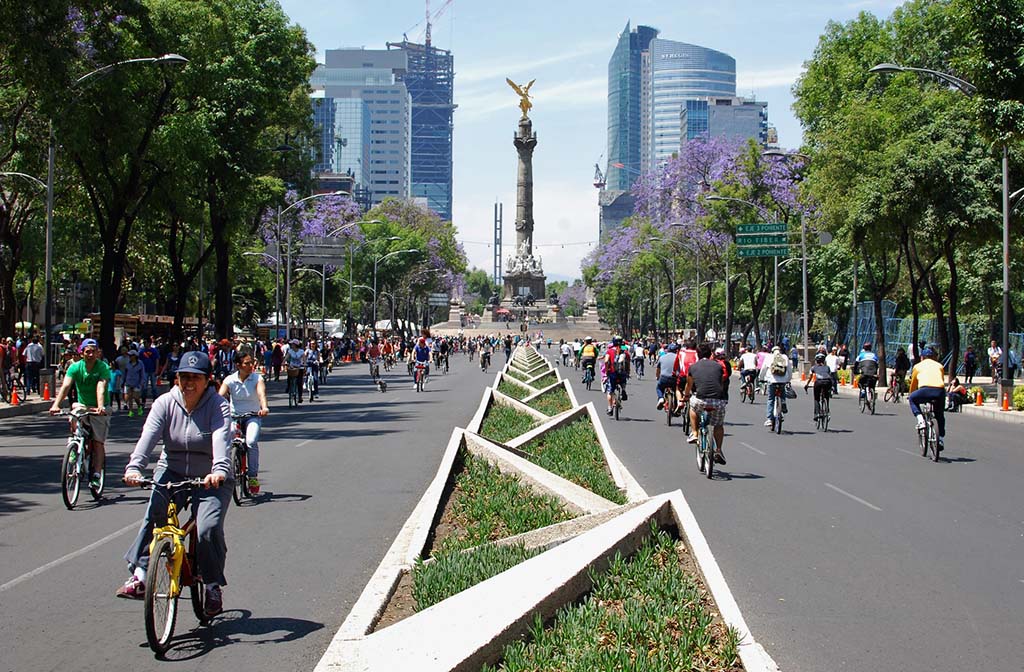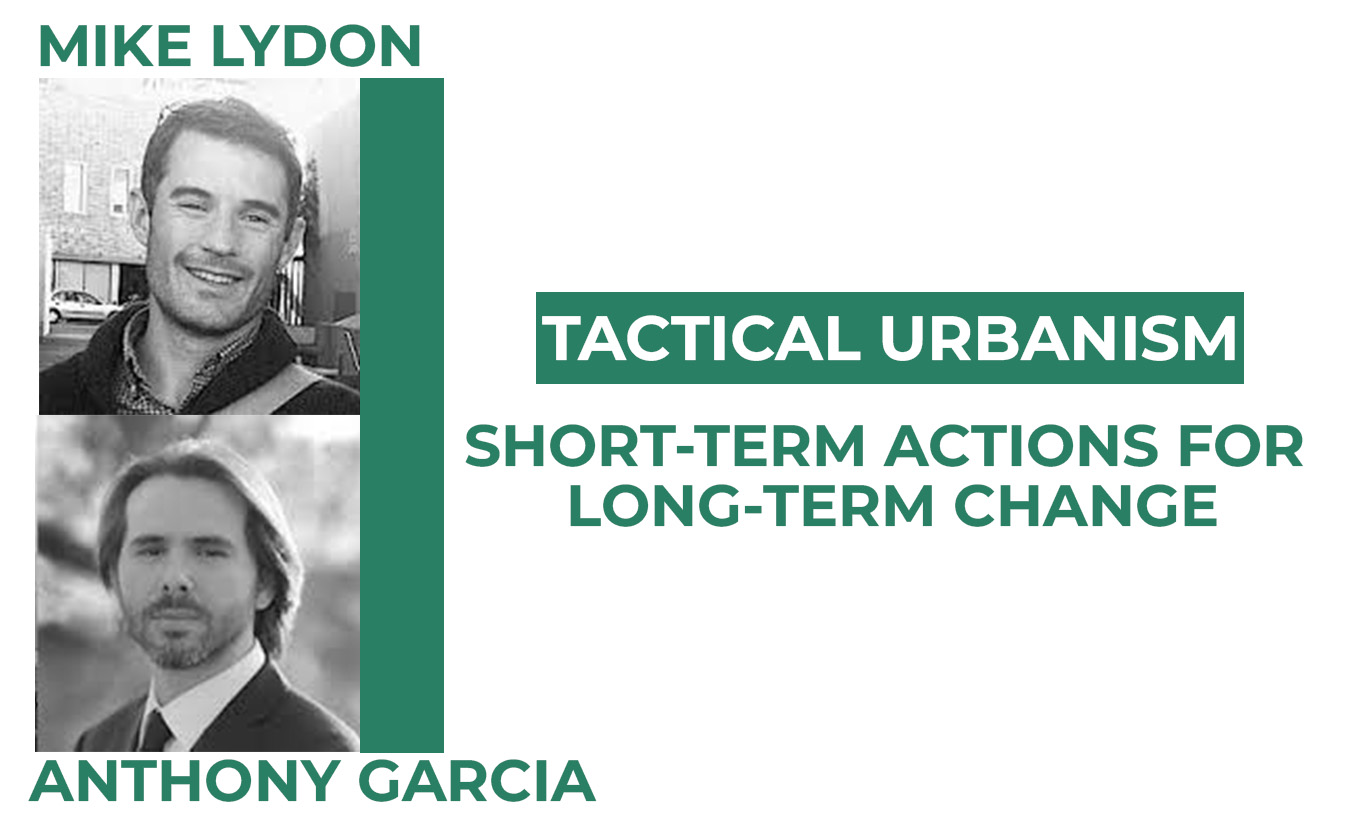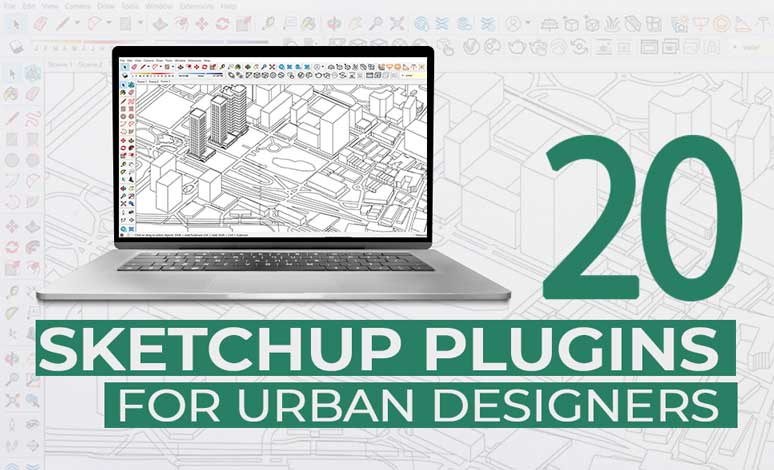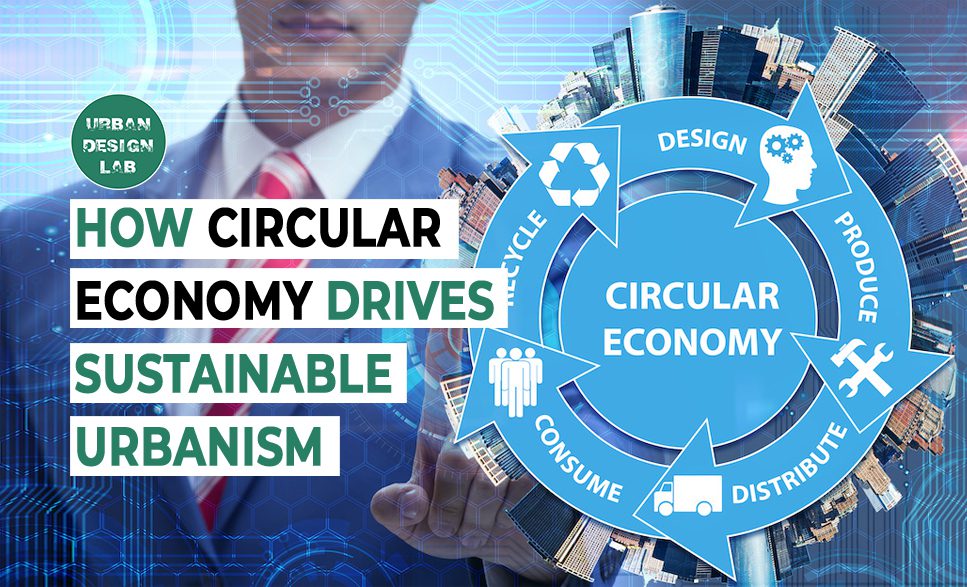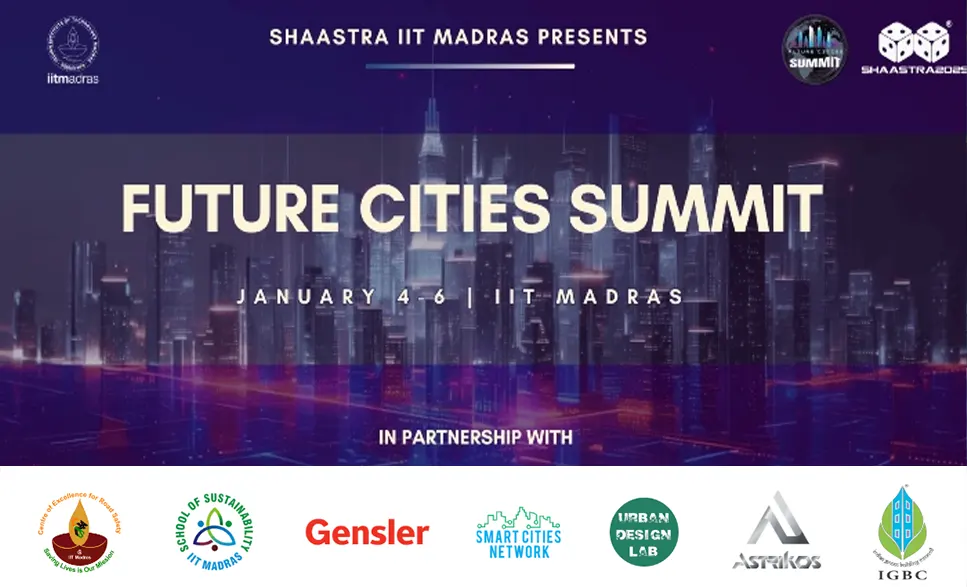
Book review: How to study public life by Jan Gehl & Birgitte Svarre
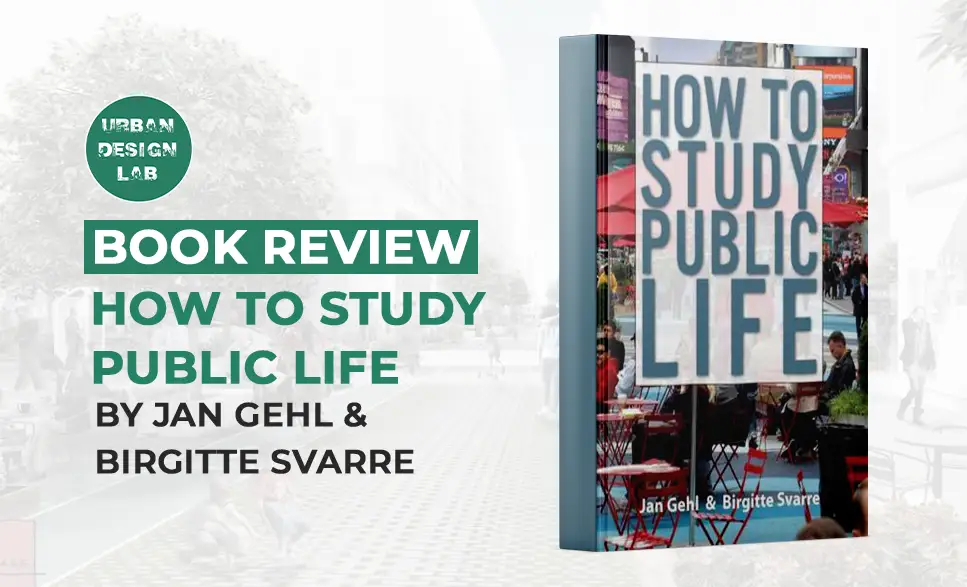
In How to Study Public Life, Jan Gehl and Birgitte Svarre illuminate the transformative power of urban observation, grounding it as an essential practice for anyone striving to design cities that truly serve their residents. Published in 2013, this book remains highly relevant, equipping urban designers, architects, and city planners with practical tools to understand and enhance public spaces. As Gehl and Svarre describe, this systematic approach encourages a deep appreciation of how public life interacts with urban design, inspiring city-makers to prioritize human experience in every phase of planning.
Gehl, a pioneer in urban design who helped reframe Copenhagen’s streets for people rather than cars, leverages over five decades of insights to guide readers through methods to observe, analyze, and elevate the quality of life within public spaces. With topics ranging from foundational theories to detailed case studies, the book offers accessible techniques for studying public spaces in any city. For example, Gehl’s approach champions hands-on observation over solely technological tools, urging urban designers to manually document pedestrian flows and social interactions to capture the nuanced rhythm of city life.
A particularly compelling aspect of the book is its emphasis on understanding the impact of physical spaces on human behavior—a topic that has only grown more pertinent as cities worldwide grapple with the dual demands of urban density and livability. The authors advocate for strategies that encourage vibrant public life, such as integrating rather than isolating public spaces, inviting interaction instead of fostering exclusion, and designing open spaces that prioritize accessibility and inclusivity. These principles resonate with ongoing urban design discussions about making cities more people-centric, reducing car dependency, and fostering walkable, sustainable environments.
Overview of the book
Jan Gehl is an architect with over 50 years of experience, in practice at Gehl Architects where he is a founding partner and studying human behaviour in public spaces. His previous works, such as “Life Between Buildings” and “Cities for People”, have established him as a leading voice in the field of urban design, advocating for a human-centric approach to city planning.
The book is structured around 7 chapters, each exploring a different aspect of observing and analyzing public life, from tracking pedestrian movements to evaluating the quality of outdoor seating.
One of the book’s unique features is its inclusion of case studies and real-world examples, drawing from Gehl’s extensive experience in cities around the world.

PUBLIC SPACE, PUBLIC LIFE: AN INTERACTION
At the heart of Gehl’s methodology is the principle of direct, first-hand observation. Through a series of case studies and illustrated examples, the reader is invited to adopt Gehl’s perspective, learning to discern the underlying patterns and nuances that give shape to spaces.
Gehl’s conceptual framework eloquently articulates the symbiotic relationship between the built environment and human behavior. He argues that the design of streets, plazas, and other public amenities can either inhibit or catalyze social interaction, physical movement, and a sense of community. By understanding these fundamental principles, urban planners, architects, and policymakers are empowered to make informed decisions that prioritize the needs and experiences of the people who inhabit these shared spaces.
He contends that the quality of public life is intrinsically linked to the health and vitality of our cities, serving as a barometer for the degree of connection, community, and belonging experienced by their residents. In this context, public space encompasses not only the physical realm of streets and buildings, but also the ephemeral realm of human activity – from the mundane to the extraordinary.
Gehl’s analysis transcends the traditional dichotomy of “bedroom communities” and “cultural impoverishment,” instead championing a contemporary, people-centric approach to urban design.
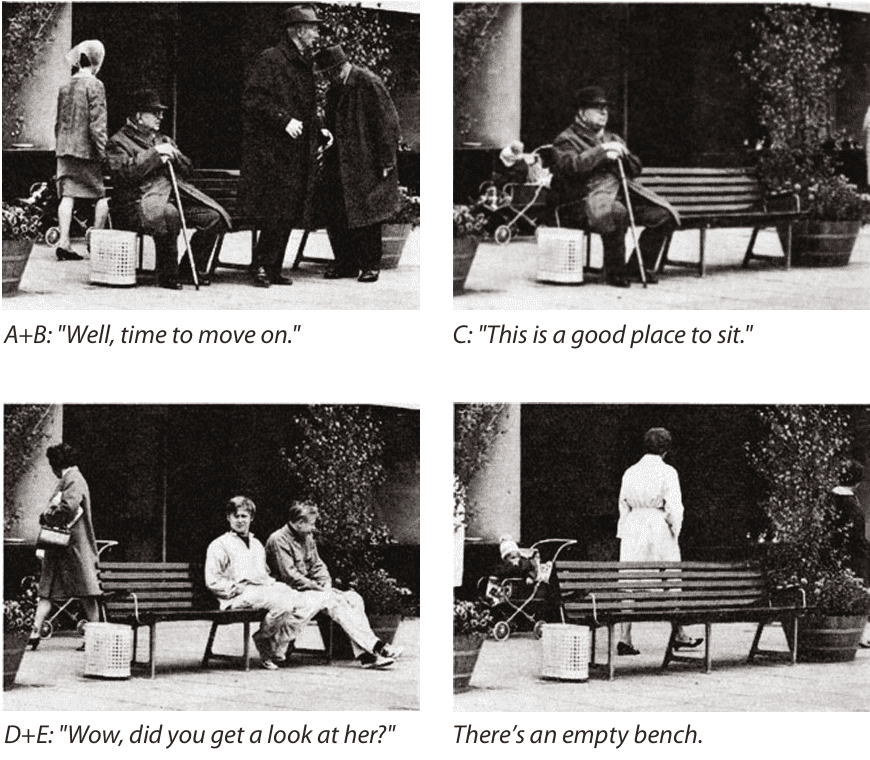
Source: Website Link
WHO, WHAT, WHERE?
One of the central themes that the authors explore is the importance of asking the right questions. As they aptly note, “We can systematize our observations by asking basic questions like who, what, and where.” This seemingly simple yet powerful approach is exemplified in the book’s examination of various case studies, such as Córdoba, Argentina, where architect Miguel Angel Roca implemented a holistic strategy for architectural and social urban policy in 1979-80.
The authors recognize that every city is unique, and observers must employ a combination of keen observation, sensory awareness, and common sense to truly understand the intricacies of a given public space. They advocate for a “journalistic” approach, where researchers persistently ask basic questions.
The book delves into five key questions that can guide the study of public life: “How many?”, “Who?”, “Where?”, “What?”, and “How long?”. Each question is explored through compelling case studies, such as the analysis of pedestrian movement and staying patterns in Brighton’s New Road, the gender and age composition in New York City’s Bryant Park, and the barriers and pedestrian paths in Copenhagen’s Gråbrødre Torv.
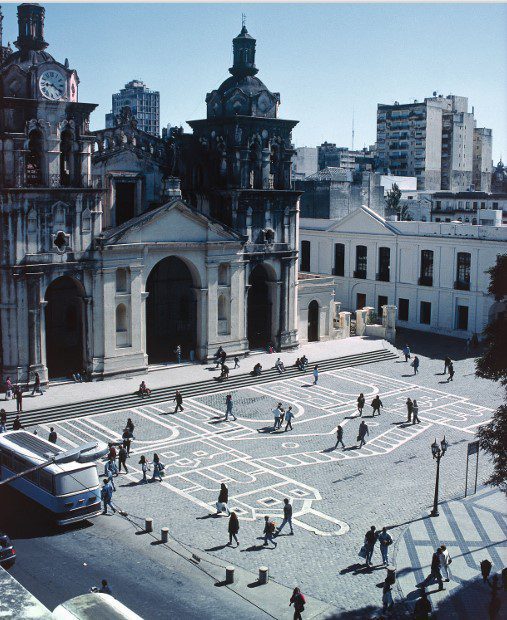
COUNTING, MAPPING, TRACKING AND OTHER TOOLS
One of the key aspects explored in this chapter is the purpose of the study and the selection of appropriate tools. Then delves into the observation tools and techniques. Counting provides quantitative data that can be used for comparative analysis before and after interventions, or across different geographic areas. Mapping, on the other hand, allows researchers to plot the locations and types of activities, as well as the movements and staying patterns of people within a given space.
Another valuable tool highlighted is tracing, which involves drawing the lines of movement of people within a limited space. This technique can shed light on barriers, pedestrian paths, and potential areas for improvement. Tracking takes this a step further by following individuals and observing their behaviors and choices in real-time.
The chapter also explores the use of indirect observation methods, such as looking for traces left by people in the environment. Photographic documentation is another powerful tool, as it can capture the nuances of public life and the conditions that shape it.
Finally, the authors discuss the value of “test walks,” where the observer actively experiences the public space and gains firsthand insights into the problems and potentials of urban life.

PUBLIC LIFE STUDIES FROM A HISTORICAL PERSPECTIVE
The authors guide readers through the societal and structural factors that have shaped the evolution of discipline over the past century and a half.
The chapter begins by delving into the first period, which spans from the dawning of industrialization in 1850 to the height of economic growth and booming construction in 1960. During this time, the authors note, the emergence of various challenges and concerns within the disciplines of architecture and city planning laid the groundwork for the establishment of public life studies as a specialized field of inquiry.
The narrative then transitions to establishment of an academic environment for public life studies, charting the developments from the 1960s to the middle of the 1980s. This era saw the rise of a dedicated research community.
The authors then turn their attention to the mid-1980s, a period marked by a shift in the priorities of planners and politicians. As cities found themselves engaged in an increasingly competitive landscape.
Finally, the chapter concludes by exploring the contemporary landscape, spanning from around the year 2000 to the present day. The authors observe that consideration for public life has become increasingly ingrained and accepted as a fundamental aspect of urban design and development.
HOW THEY DID IT: RESEARCH NOTES
The references in this chapter are akin to pages torn from the notebooks of seasoned urban researchers they offer a rich tapestry of methodologies and insights. From mapping the preferred standing locations of people in the Piazza del Popolo in Ascoli Piceno, Italy, to tracking walking patterns on the bustling Strøget in Copenhagen, these studies demonstrate a keen eye for detail and a deep curiosity about the nuances of everyday urban life.
Gehl’s research extends beyond mere observation, delving into the reasons and motivations behind people’s presence in public spaces. The chapter’s exploration of “Many Good Reasons” uncovers the myriad activities and excuses that draw individuals to city streets and squares.
The methodological diversity on display is equally fascinating. From the “Action Research” approach that transformed an empty stretch of gravel into a vibrant playground in a single day, to the “Diary Method” that captured the granular details of life in Melbourne’s Fitzroy neighborhood, the researchers employed a range of creative techniques to gain a comprehensive understanding of their subjects.
As cities continue to evolve, these foundational studies provide a valuable roadmap for future researchers and practitioners, guiding them towards the creation of truly people-centric public spaces.
PUBLIC LIFE STUDIES IN PRACTICE
This collection from Gehl Architects offers in-depth case studies on the transformation of public spaces in cities around the world. The chapter on Copenhagen details the decades-long revitalization of the city’s streets and squares through strategic interventions and pedestrian-friendly design. In contrast, the Melbourne case highlights rapid progress achieved by embracing livable urbanism principles, transforming the city from car-centric to people-oriented in just 10 years.
The New York chapter is particularly striking, demonstrating how bold, visionary projects can catalyze profound changes even in dense urban environments. The Sydney case study chronicles the translation of research into tangible streetscape and public space improvements. The London chapter examines how Gehl’s work has informed the ongoing debate around urban design and livability. Finally, the Cape Town case offers an inspiring example of leveraging major events to accelerate the transformation of a city’s public realm.
Collectively, these diverse case studies provide a comprehensive exploration of the “public space-public life” concept, showcasing Gehl Architects’ commitment to improving the human experience of cities through rigorous research and innovative design solutions.
Relevance and Intended Audience
“How to Study Public Life” is a highly relevant and practical resource for a wide range of professionals and students in the fields of urban planning, architecture, landscape architecture, and urban design. The book’s depth of content and detailed methodologies makes it a valuable reference for practitioners seeking to enhance their understanding and application of public life studies.
The book’s practical applicability extends beyond the professional realm, as it also holds significant relevance for community organizers, policymakers, and citizens interested in shaping the future of their neighborhoods and cities. By providing a comprehensive framework for observing and analyzing public life, the book empowers readers to become active participants in the design and development of their local environments.
The book’s interdisciplinary appeal is evident in its potential to inform research and teaching in related fields, such as sociology, anthropology, and environmental psychology. The book’s pedagogical value is further enhanced by its clear and engaging writing style, making it accessible to a diverse audience, from students to seasoned professionals.
-1
Critique of the Content
One of the book’s significant strengths is the author’s extensive experience and expertise in the field of urban design. Gehl’s use of case studies and real-world examples effectively demonstrates the practical application of the methodologies he outlines, providing readers with a nuanced understanding of how public life studies can be conducted in various urban contexts.
However, a potential weakness of the book is the limited discussion of the challenges and barriers to implementing the recommended approaches, particularly in the context of rapidly changing cities and evolving urban dynamics. While the book touches on some implementation considerations, a more in-depth exploration of the practical obstacles and strategies for overcoming them could have further enhanced the book’s utility for practitioners.
While the book’s focus on human-centric design is commendable, a more explicit examination of the social and equity implications of public life studies could have strengthened the book’s relevance in the context of contemporary urban planning and design discourses.
Conclusion
Jan Gehl’s “How to Study Public Life” is a seminal text that should be required reading for anyone invested in the future of our urban centers. By imparting his methodologies and design philosophies, Gehl equips readers with the necessary skills to become keen observers of public life, empowering them to create cities that are not only functional, but truly vibrant and humane. This book is an indispensable resource for urban planners, architects, policymakers, and citizens alike, serving as a roadmap for the creation of public spaces that forge an enduring alliance between life and space.
References
- https://archive.org/details/howtostudypublic0000gehl
- https://link.springer.com/book/10.5822/978-1-61091-525-0
- https://www.researchgate.net/publication/303726083_How_To_Study_Public_Life
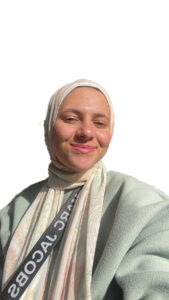
Nadine Ahmed Mohamed
About the author
Nadine Ahmed is an architecture engineering student at Ain Shams University. She finds the field of architecture generally interesting because it affects everything around us and is an everyday developing field.
Related articles


Architecture Professional Degree Delisting: Explained

Periodic Table for Urban Design and Planning Elements


History of Urban Planning in India

Kim Dovey: Leading Theories on Informal Cities and Urban Assemblage
UDL Illustrator
Masterclass
Visualising Urban and Architecture Diagrams
Session Dates
17th-18th January 2026

Urban Design Lab
Be the part of our Network
Stay updated on workshops, design tools, and calls for collaboration
Curating the best graduate thesis project globally!

Free E-Book
From thesis to Portfolio
A Guide to Convert Academic Work into a Professional Portfolio”
Recent Posts
- Article Posted:
- Article Posted:
- Article Posted:
- Article Posted:
- Article Posted:
- Article Posted:
- Article Posted:
- Article Posted:
- Article Posted:
- Article Posted:
- Article Posted:
Sign up for our Newsletter
“Let’s explore the new avenues of Urban environment together “


























